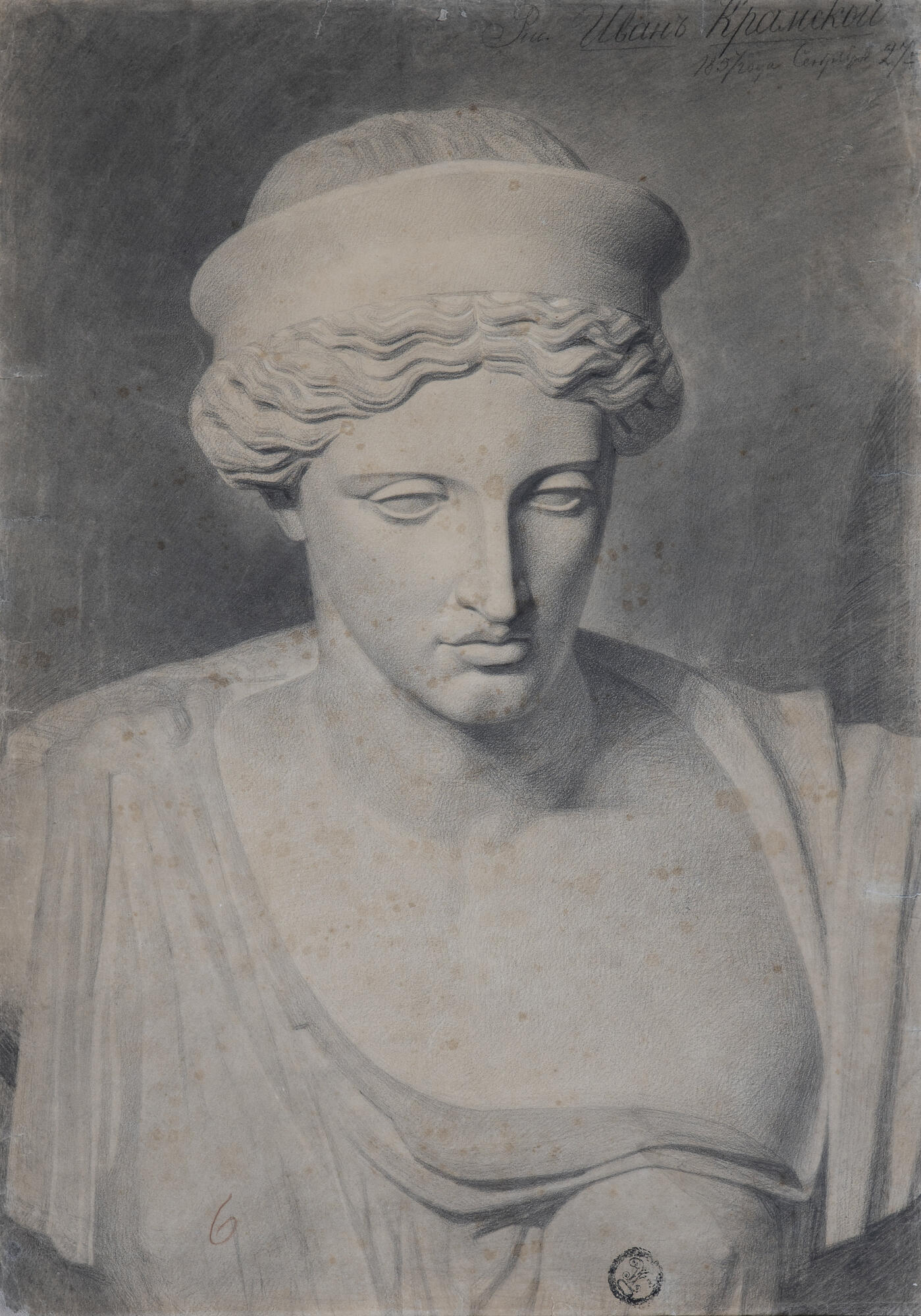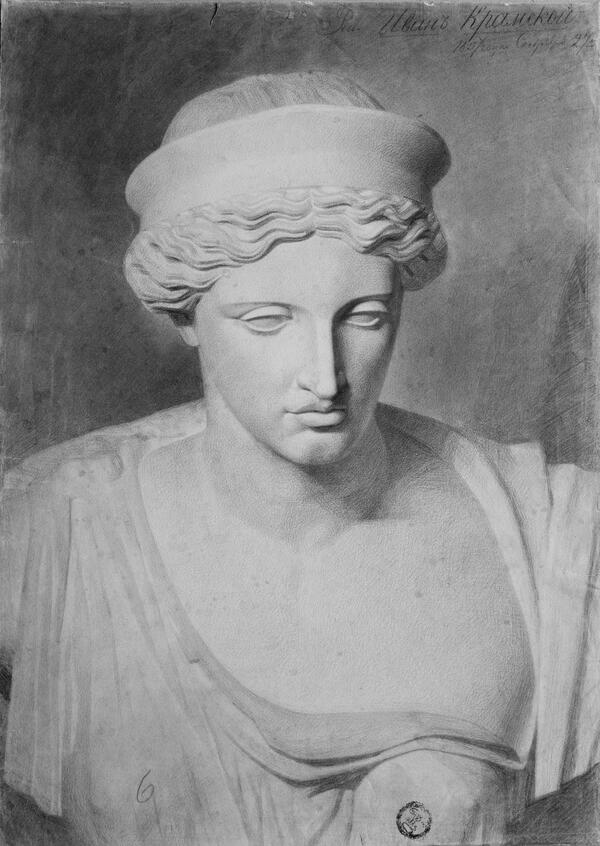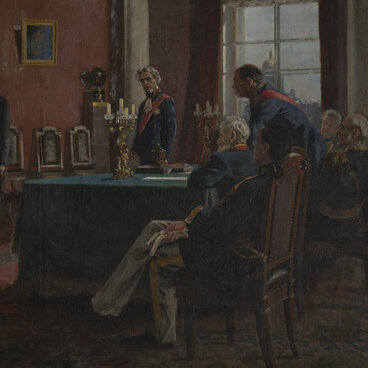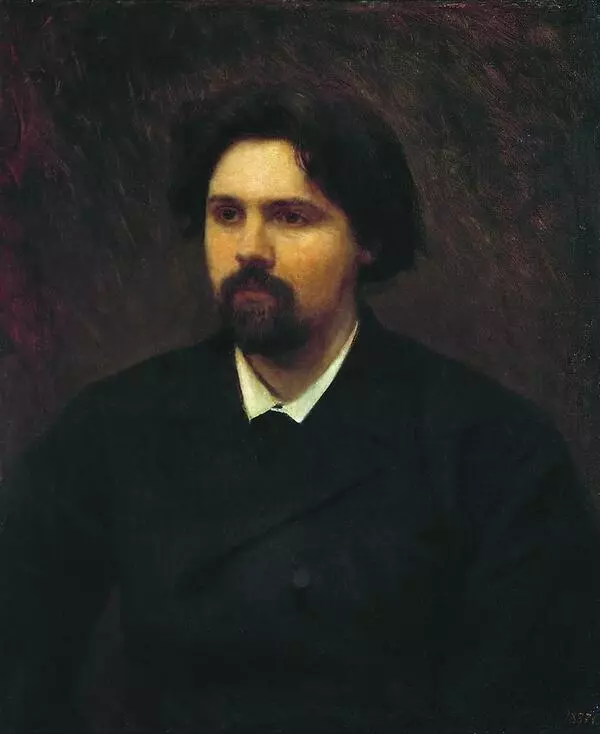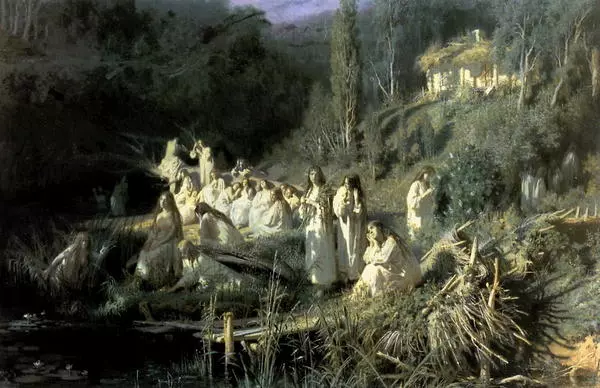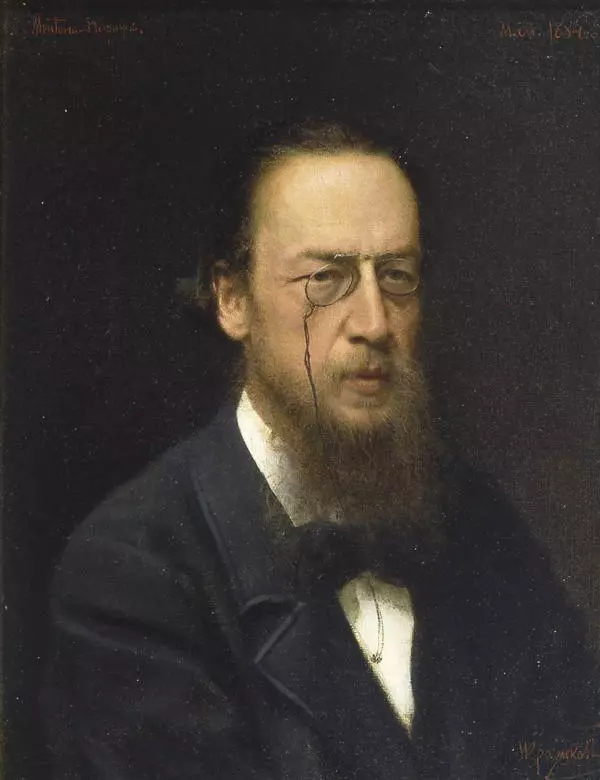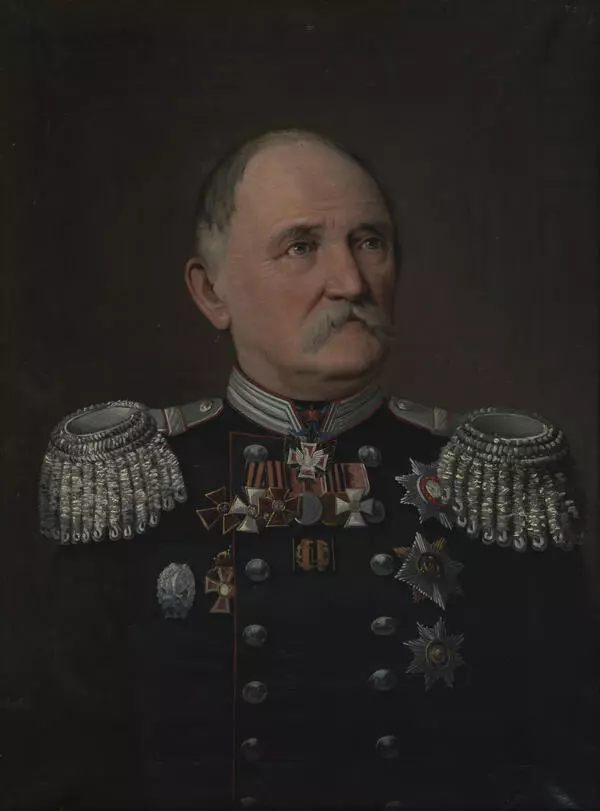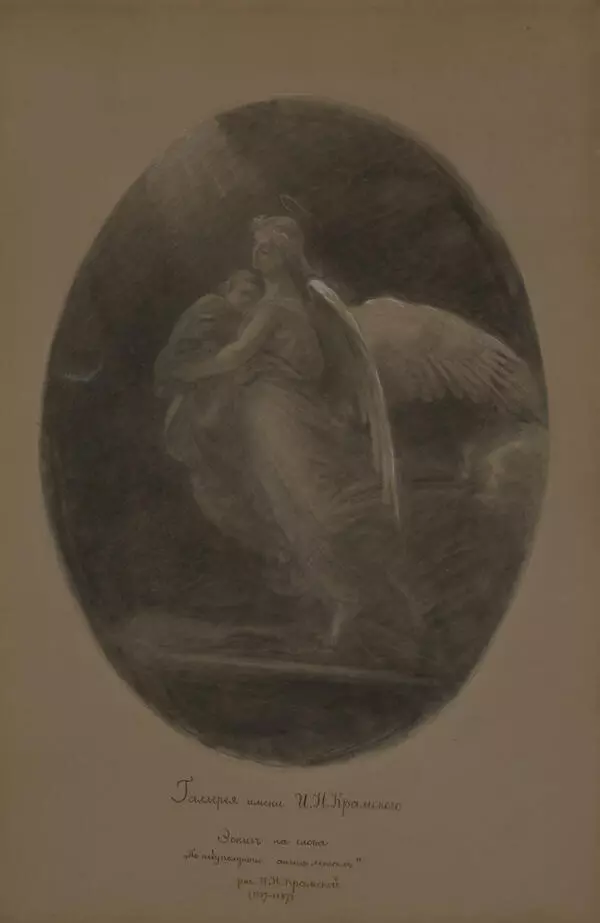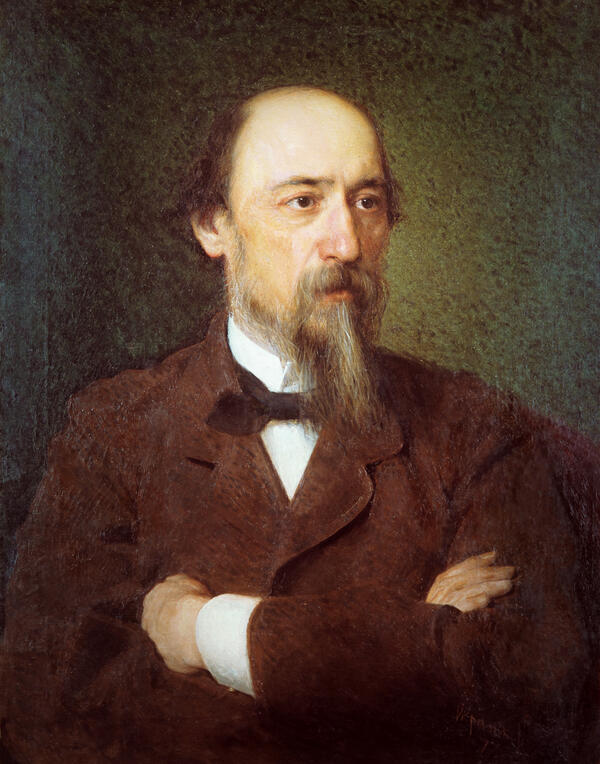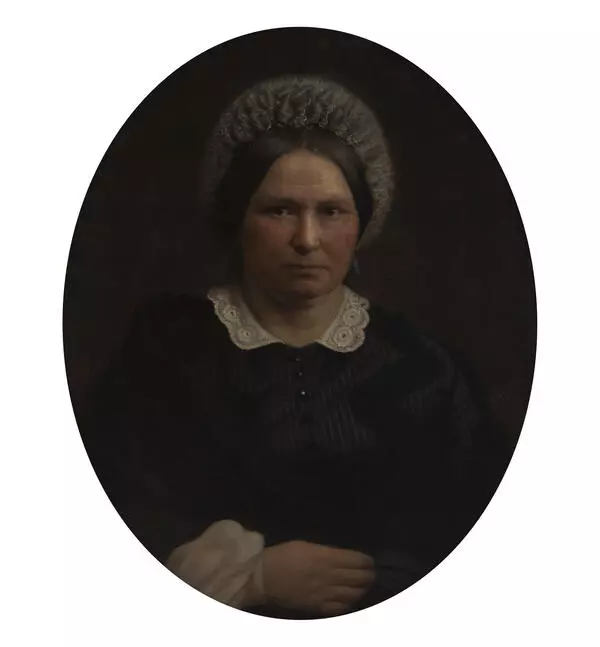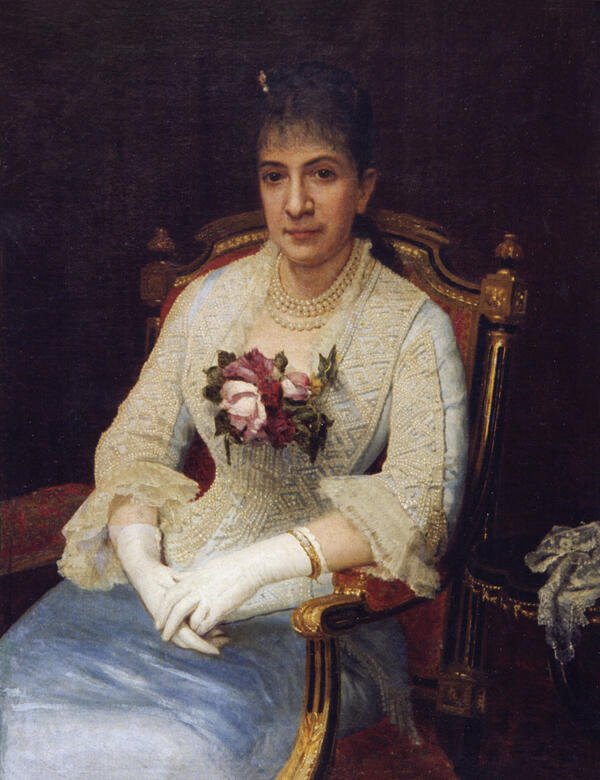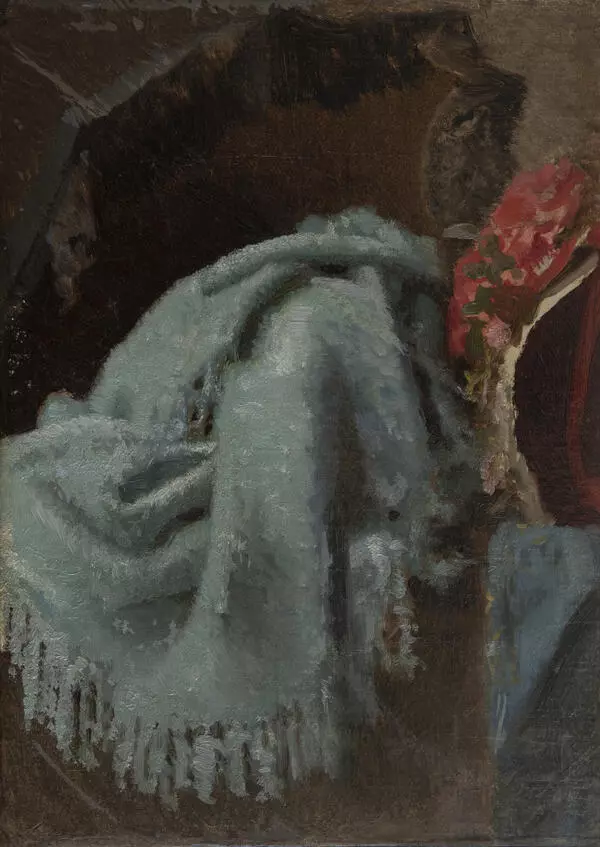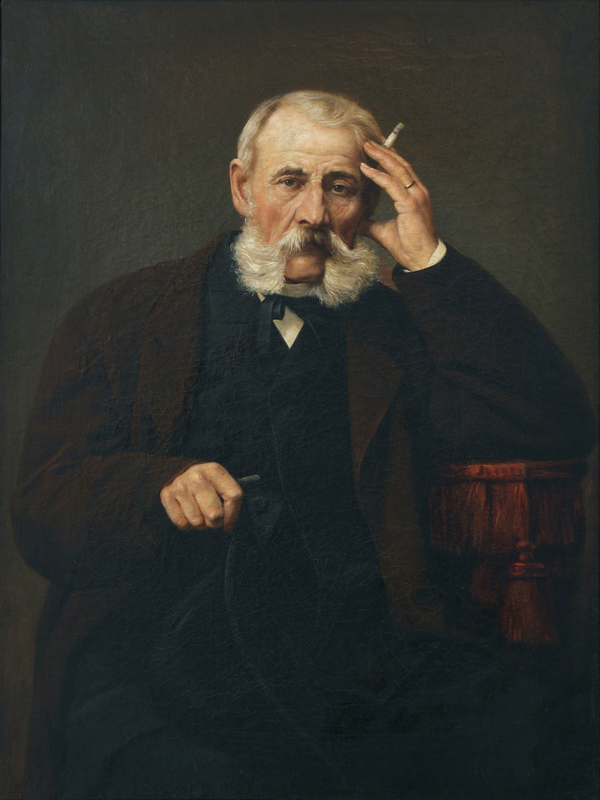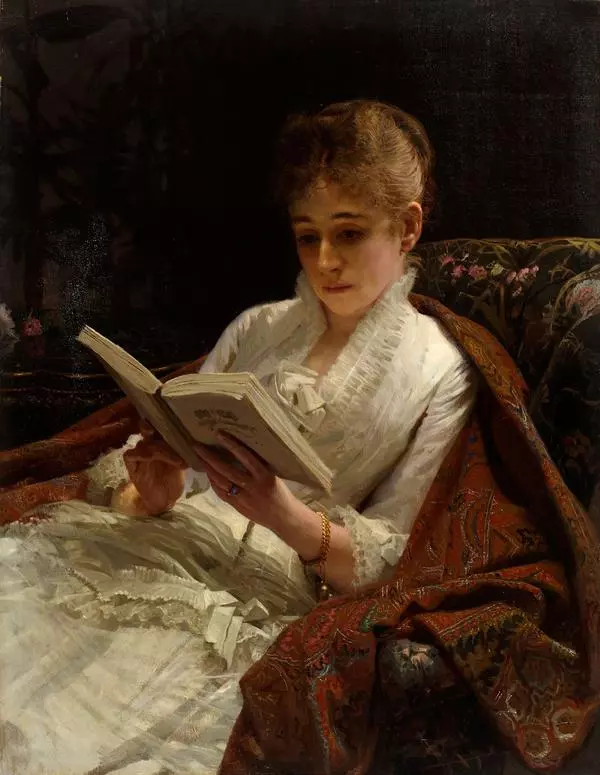Throughout its existence, the drawing department of the Ostrogozhsk Museum of History and Art has received artworks from various sources. It is based on academic drawings of Russian artists of the second half of the 19th century donated to the gallery by painters and their relatives during the period of its formation (1907–1910). The drawing “Head of Hera” was presented to the museum by Kramskoy’s family in 1907.
The drawings of Ivan Nikolaevich Kramskoy are characterized by a great graphic technique that he mastered at the Imperial Academy of Arts. The well-established training system helped beginner artists hone their skills. At first, they mastered basic elements and geometric figures and later started copying parts of head and body from the “originals” — comparative tables and drawings of recognized masters. After that, they studied gypsum statues — copies of ancient masterpieces. The twenty-year-old Kramskoy was admitted to the Academy of Arts in 1857 based on his highly proficient and even emotional drawing of the “Head of Laocoön”.
The “Head of Hera” drawn from a gypsum statue during the artist’s first year at the Academy continues to amaze viewers with its beauty and spirituality. This image refers the viewer to ancient Greek myths where the mightiest and most important residents of Mount Olympus were Zeus, the god of thunder, and his wife — the majestic and beautiful Hera. She was the goddess of marriage, protected the sacredness of matrimony, bestowed numerous children on married couples, and blessed women during childbirth. Like her husband, the queen of Mount Olympus commanded thunder and lightning, could conjure dark clouds in the sky and create terrible storms with a wave of her hand. All nature praised Hera and Zeus.
Greek statues of gods were created by sculptors between the 4th and 2nd centuries BC, and many of them were reworked by Romans in the 1st and 2nd centuries AD. Copies of these marble statues have been preserved in various conditions, but most of them fully reflect the noble beauty of mythological images. Such copies provided perfect material for drawing practice.
The drawings of Ivan Nikolaevich Kramskoy are characterized by a great graphic technique that he mastered at the Imperial Academy of Arts. The well-established training system helped beginner artists hone their skills. At first, they mastered basic elements and geometric figures and later started copying parts of head and body from the “originals” — comparative tables and drawings of recognized masters. After that, they studied gypsum statues — copies of ancient masterpieces. The twenty-year-old Kramskoy was admitted to the Academy of Arts in 1857 based on his highly proficient and even emotional drawing of the “Head of Laocoön”.
The “Head of Hera” drawn from a gypsum statue during the artist’s first year at the Academy continues to amaze viewers with its beauty and spirituality. This image refers the viewer to ancient Greek myths where the mightiest and most important residents of Mount Olympus were Zeus, the god of thunder, and his wife — the majestic and beautiful Hera. She was the goddess of marriage, protected the sacredness of matrimony, bestowed numerous children on married couples, and blessed women during childbirth. Like her husband, the queen of Mount Olympus commanded thunder and lightning, could conjure dark clouds in the sky and create terrible storms with a wave of her hand. All nature praised Hera and Zeus.
Greek statues of gods were created by sculptors between the 4th and 2nd centuries BC, and many of them were reworked by Romans in the 1st and 2nd centuries AD. Copies of these marble statues have been preserved in various conditions, but most of them fully reflect the noble beauty of mythological images. Such copies provided perfect material for drawing practice.
